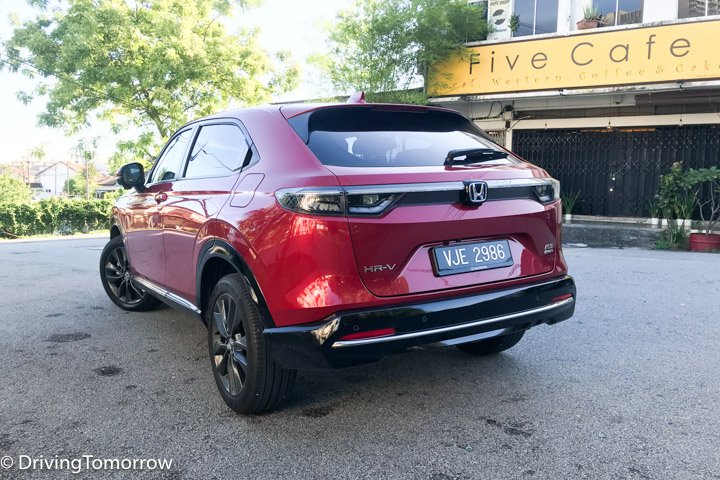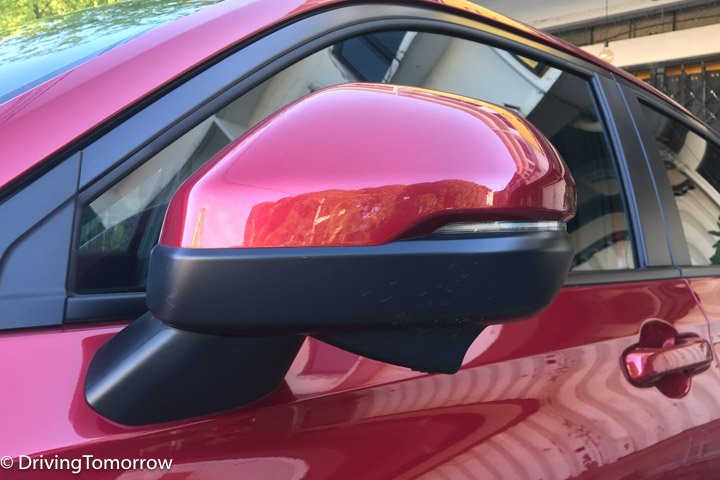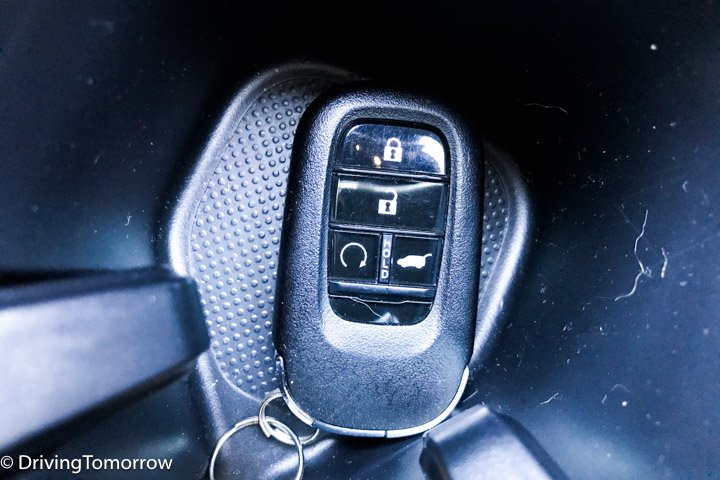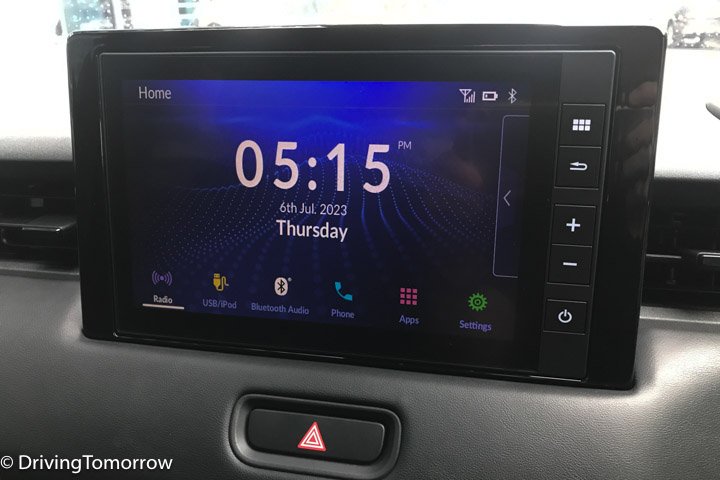
Honda HR-V e:HEV RS
Where Malaysia Price RM141,900 (OTR, excl. insurance ) On sale now Engine 4-cyl, 1498cc, petrol with electric motor Power (max combined) 129bhp Torque (max combined) 253Nm Gearbox e-CVT Kerb weight 1393kg Top speed 170km/h 0-100km/h 10.7sec Fuel economy 24.4km/L (claimed) CO2 NA Rivals NA
What is it?
Probably the best looking model in Honda‘s current model line-up. The Honda HR-V e:HEV RS is the hybrid variant of the popular small crossover. As in the Honda City Hatchback e:HEV RS, the HR-V e:HEV RS has one motor, a petrol-powered generator and a lithium-ion battery. Together they seamlessly provide electric motoring with the advantage of lower emissions, but self-charging, on-the-go under the bonnet, taking away the inconvenience of charging cables and long recharging times.
What is it like?
Sporty looks and low fuel consumption in a crossover body. The second generation HR-V has more attractive proportions and a sleeker look that its predecessor. Like before, rear door handle is located in the C-pillar giving the HR-V its characteristic coupé look.
Despite the RS moniker, the red RS-specific sporty styling, and paddle shifts the Honda HR-V e:HEV RS does not perform like a performance variant although it has the highest torque of the three engine technology variants. The motor churns out the same 127Nm maximum torque as the City Hatchback e:HEV RS which is 144kg lighter. However, the steering feedback has the weight and handling has the stability to make it feel planted enough to enjoy some spirited driving.
The City has a 108bhp motor and the HR-V motor is more powerful with 129bhp. However, additional weight and larger, 18-inch rims, makes the HR-V less quick off the mark. Furthermore, the HR-V battery only has 1.1kW storage capacity compared to 1.3kW in the City. This makes the HR-V’s engine come on more frequently – and very audibly – to recharge the battery. Nevertheless, the transition between electric is seamless and apart from the difference in resonance, the change to petrol is imperceptible.
Despite more reliance on the petrol engine, the HR-V hybrid is still remarkably frugal. The consumption is 24.1km/L, not that far off from the City hatchback hybrid’s 27.8km/L. The naturally-aspirated 1.5-litre S-spec Honda HR-V manages 16.9km/L.
There are drive modes: ECON, Normal and Sport. We had the car in Normal because it was the most comfortable balance between brake regeneration and accelerator responsiveness.
The textured knobs to control the dual-zone air-conditioning are easy to read at a glance and adjust fan speed and temperature. The air circulation around the cabin has improved since the previous car. There are now four front air vents with wider air dispersion, and also new, rear vents which are directional.
New convenience features are remote tailgate unlock, kick sensor for the tailgate, also handsfree walkaway closing, walkaway door lock and remote start (to cool the car before you get in). The wing mirrors also close automatically when the car locks, a visual confirmation that the doors are locked.
There is now a digital instrument cluster, customisable, with themes, different styles and display combinations according to driver’s preference. One of the options shows the energy flow: whether the battery is charging or discharging power. This made me more conscious of my driving style and, hopefully, motivated better fuel efficiency. Customising the instrument cluster made it easier to keep information to what was essential, reducing distractions. However, the start-stop button was disconcerting because the red illuminated ring around it was visible just at the corner of the eye, like an error alert.
There is wired Apple CarPlay and Android Auto as well as wireless charging in the HR-V. If the infotainment monitor had been angled more towards the driver, it would have reduced head movement.
There is also Honda Sensing, nine active safety features, most of which we didn’t notice – in a good way. We particularly liked Lead Car Departure Notification for when you zone out while staring at the car in front.
The HR-V is practical for the different stages of family life. The wide opening doors are especially useful if you have elderly or very young family members. There’s space to help them in and out, move a wheelchair closer or to reach in to unbuckle and lift a child out. It also makes loading and unloading bulky objects much easier. Another plus is the versatile interior. The multi-configurable Ultra seats can be flipped up or down for extra height or length for that bushy house plant or flat-packed bookshelves.
There is also the convenience of storage dotted around the interior making it easier to keep the cabin tidy. Besides the glove compartment, centre console box, cupholders, door pockets, space under the Ultra seats and the boot space, there is also a hidden compartment under the cargo area.
The driver has multi-way adjustable electric seats so getting comfortable isn’t difficult. Short or elderly people who usually find high-riding vehicles a climb will find the HR-V’s hip ratio suited to their stature. However, rear passenger comfort, especially for taller occupants, will also find generous leg and knee room. There is clearance under the front seats for passengers to tuck their feet when they stretch. The seatbelts have a high shoulder mount which also makes them more comfortable for taller passengers.
Should I get one?
If you’re looking for a sporty-looking crossover, the Honda HRV is a car to consider. If you’re also looking for lower petrol consumption and less tailpipe emissions without depending on an electrical outlet, then the HR-V hybrid is definitely the car to consider.


































